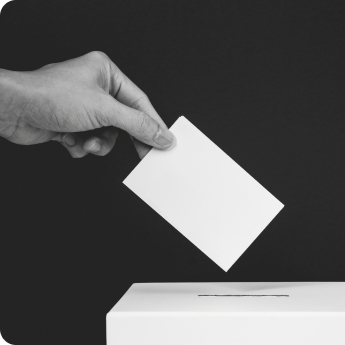Press Releases
Black-owned Small Businesses in Buffalo Area Left Behind by Trump Administration’s PPP Program
WASHINGTON, D.C. – A new analysis from government watchdog Accountable.US — first reported by the Buffalo News — found significant racial disparities in the awarding of loans in the Buffalo, New York area under the Small Business Administration’s Paycheck Protection Program. The CARES Act program was billed as a lifeline for struggling small businesses during the COVID-19 crisis, but due to the Trump administration’s poor design and management, Buffalo zip codes with the highest percentage of black residents received a smaller number of PPP loans in total and per capita.
The Trump administration's PPP failed to support small businesses in communities of color who are disproportionately impacted by this crisis, while wealthy publicly traded companies pocketed billions. The Trump administration's rejection of transparency and accountability sent a clear message to banks that they were free to ignore Black communities without consequence – and that's exactly what they did. Congress needs to replace PPP with a new program that ensures resources make it to underserved communities across the country."
Kyle Herrig, president of Accountable.US
KEY FINDINGS FROM THE ANALYSIS:
- The zip code with the highest percentage of black residents in Buffalo (14208 which is just under 85-percent black per the US Census), received the smallest number of PPP loans in total, among populated zip codes (just 43 loans out of an area total of 7,812) and ranked last in terms of loans per capita (roughly .0033 loans per person).
- The four Buffalo zip codes with the highest percentages of black residents received just 5.1 loans per 1,000 people (497, or 6.36-percent of the total); while the four zip codes with the highest percentage of white residents received 11.9 loans per 1,000 people (1,231, or 15.76-percent of the total).
- Almost one fifth (19.8-percent) of PPP loans in Buffalo went to a single zip code (14221), which was 92.8-percent white and only 2-percent black.
- PPP funds in Buffalo did manage to find their way to a number of large entities including major Buffalo business New Era Cap Co. The company received up to $10 million in PPP funding – but still wound up laying off 117 workers, nearly a third of its Buffalo-area workforce, in July.
The disparity and favoritism seen in the Buffalo area under the SBA’s PPP program unfortunately mirrors a national trend. The localized results follow a national analysis Accountable.US conducted recently that found the 10 Congressional Districts with the highest percentage of Black residents received 35% less in PPP loan funds than the 10 CDs with the lowest percentage, a $21 billion gulf.
WHAT CAN BE DONE:
As Congress continues to negotiate over the next major stimulus bill responding to the worsening health crisis — which will likely include additional small business relief — it is critical lawmakers turn the page on the Trump administration’s poorly designed and managed PPP program. Rather than repeating the mistakes, any new effort to help small businesses must be transparent, data-driven, and aligned with the needs of the communities that need help the most.
###
